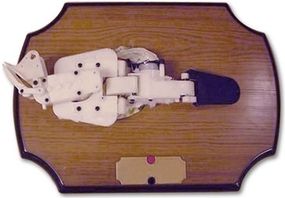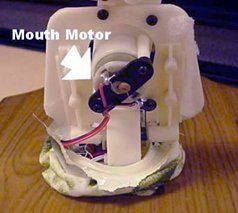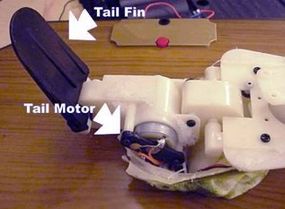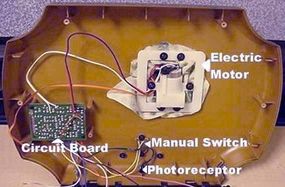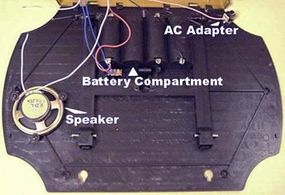Lately it seems that every time you turn around, there's a fish singing a song to you! Boogie Bass, Big Mouth Billy Bass, Rocky Rainbow Trout and other variations have become enormously popular as novelties and gag gifts. You've probably seen one at a store in the mall, at the flea market or on television. Looking deceptively like a normal stuffed fish mounted on a plaque, it is actually a robot that begins to sing and move when someone walks up to it. As the fish swings his head out from the plaque, he lip-syncs to a prerecorded 30-second clip of a popular song or spits out a savvy one-liner. For the unsuspecting viewer, a singing mounted fish can be quite a humorous surprise, which seems to be the key to its charm.
A Note to Our International Readers
If you live outside of the United States, you are probably unfamiliar with the singing fish we are discussing in this article. You may, in fact, think it is the most ridiculous thing you have ever seen! Like the Pet Rock of the early 1980s, the singing fish is a fad -- in true American fashion!
Advertisement
In the U.S. there is no escaping the singing fish right now. Sales are brisk, with many dealers routinely selling out. And it really is a neat little piece of engineering and creativity! In this edition of How Stuff Works, we will open up one of these fish and take a look inside. What makes him sing? How does he move? How does he know when someone is standing in front of him? We will answer all of these questions as we explore the robotic mechanism that brings these fish to life!
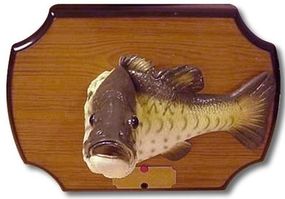
Advertisement


